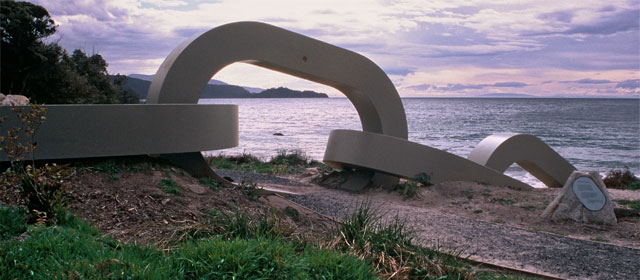He korero whakarapopoto
What are protected areas?
Some areas of land, the sea, rivers or lakes are protected by law, so their special plants, animals, landforms and other features are safe from harm. People can visit most of these areas.
New Zealand’s protected areas
New Zealand has more than 10,000 protected areas, covering almost a third of the country.
The first national park, Tongariro, was set up in 1894. Since then, thousands of reserves have been created.
National parks
There are 13 national parks. They cover some of New Zealand’s unique landscapes, including:
- Milford Sound
- Aoraki/Mt Cook
- the Franz Josef and Fox glaciers
- the Whanganui River.
Other types of reserve
- Conservation parks are mostly in the forest-covered ranges. Some are in the South Island’s high-country grasslands.
- Nature reserves protect the habitats of threatened plants and animals. Most islands near the coast are nature reserves. Many are free of mammal predators, so they are important for saving threatened native species. Mainland nature reserves include one for the rare Castle Hill buttercup, and one for the Cromwell chafer beetle.
- Scientific reserves allow scientists to study plants, animals, landforms or ecosystems.
- Scenic reserves are mostly patches of forest, close to roads.
- Historic reserves are places of historic or cultural interest, such as the battle site at Te Ruapekapeka pā.
Protecting the sea
- Marine reserves are areas where people can swim, dive and explore, but they cannot catch fish or other creatures. In 2014 there were 44 around New Zealand’s coastline.
- Marine mammal sanctuaries protect dolphins, whales, seals and sea lions.
Rivers and lakes
- Water conservation orders can be put on rivers, to stop them being dammed to produce power, or having water taken for irrigation.
- Lake Ellesmere (Te Waihora) and Lake Wairarapa are protected because they are important wildlife habitats.
World heritage sites
Three New Zealand areas have been listed as world heritage sites:
- Te Wāhipounamu, a huge area in the south-west South Island, which has unique plants and animals, and mountains, fiords and glaciers
- Tongariro National Park, for its volcanoes and its importance to the Ngāti Tūwharetoa people
- the subantarctic islands, for their seabirds and marine mammals.





